After living with 384 Kbps SDSL for the past eight years, first with NorthPoint until they went out of business (1999–2001), then with Eclipse Internet Access (2001–2003) who was acquired by NetCarrier in early 2001, then to DSL.net who I’m still with today. Each time, I’ve been stuck with only 384 Kbps SDSL because every time we’ve moved, we’ve picked locations that are close to the end of the DSL physical limit–roughly 10,000-15,000 ft. from the telco.
The last time we moved back in 2001, I tried ordering Cablevision/Optimum Online. They gave me an install window of “sometime between 8 AM and 2 PM” which was pretty ridiculous, but whatever. By 1:30 PM, when no one showed up, we called to get a status update. We were told that they would contact the technician and get back to us within 30 minutes. At 2:00 PM, we hadn’t heard back so we called again to be told that they were on their way. By 3:00 PM, we had enough waiting and had other things to do that day, so we called back and cancelled the installation order. We left the house and did what we needed to do and came back around 4:00 PM. At 4:30 PM, the installer rolls up and I met him outside to ask, “Didn’t anyone tell you the install order was cancelled over an hour and a half ago? You realize our install was scheduled for before 2 PM.” He shook his head “no,” and I sent him away. The guy showed up in a pickup truck without a ladder or a bucket truck, which was necessary for our install anyway–how was he even going to complete the install even if he did arrive on time? We subsequently ordered DirecTV satellite for our TV service and I ordered the SDSL, and that was that.
So, we put up with our slow SDSL for so long because it has been really stable–I’d say close to 99.99% uptime or less than one hour of downtime per year! It was also business-level service with static IPs and I could host my own servers off the link as part of the agreement. Other than the speed, I was and still am very happy with the service. But, it would be nice to get more bandwidth, so I reconsidered doing cable broadband. Things couldn’t be as bad as they were 8 years ago, could they?
Fast-forward to last week, January 16th, to our Cablevision install date. I ordered Optimum Online for business with Boost and Static IP. The install window this time was “sometime between 11 AM and 2 PM.” Again, at 1:30 PM, there was no installer in sight, so I called to ask for status. I was called back and told that he was running late. He finally showed up close to 3:00 PM, but at least he had come with a ladder to get up the pole and do the outside wiring required. Around 5:30 PM, he’d completed the installation and everything was up and running. Not the greatest experience, but this time I at least had low enough expectations that unless they didn’t show up at all on the day of the install date, I wasn’t too bothered.
Over the next few days, I’d cut over DNS and mail and web over to the new static IP range I was assigned. After two days, the old DSL link went quiet indicating all changes had propagated. I’d set up bandwidth accounting to get an idea of how well the new cable link was doing. Here’s a snapshot of the graph from a recent time period:
The link is advertised as being close to 30 Mbps down and 5 Mbps up, and as you can see, the max the link saw over the past 12 hours in that graph was 24 Mbps down and 1.23 Mbps up–fantastic throughput, for sure. My laptop, connected to my network via wireless 802.11g at 54 Mbps, seems to get 5.0 Mbps down and 4.6 Mbps up using Cablevision’s SpeedCheck. Those numbers are a bit misleading as they only reflect speeds over your cable modem into their network–speed tests to sites on the open Internet come out noticably lower, probably due to Cablevision’s peering speeds or some other rate limiting or traffic shaping they have in place, would be my guess. Still, this is a far cry better than the 384 Kbps SDSL, right?
One thing I noticed about cable is the incredible amount of ARP chatter that comes down the pipe. My guess is there isn’t enough to materially affect the amount of available remaining bandwidth, but it’s interesting to see that kind of leakage. Another thing is the latency: on the SDSL link, latency was almost always ~20 ms, whereas on the cable link it fluctuates between ~20ms to as high as ~80 ms at times. While this probably isn’t noticed by your typical customer, I wonder how much jitter it causes on realtime applications such as VoIP or interactive SSH sessions. I guess I’ll just have to see.
All in all, I’m happy with the new cable link and will likely be shutting down the SDSL or keeping it as a backup if DSL.net will make me a great deal as it’s quite costly (around $130/month). Relying completely on the cable link makes me extremely uncomfortable, but the cost saving and additional bandwidth certainly makes it attractive. We’ll see how reliable this link over the next few months, as I’ve got the link monitored and bandwidth accounting set up, etc.
Tags: DSL, Cablevision, Optimum Online
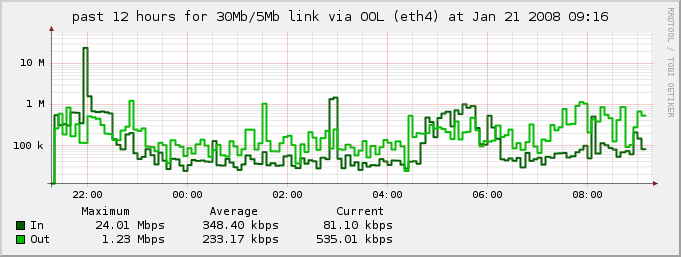

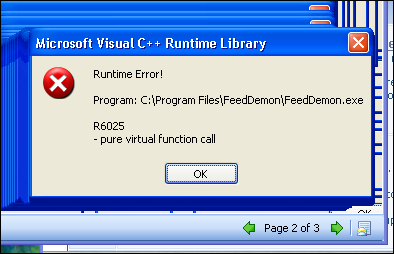
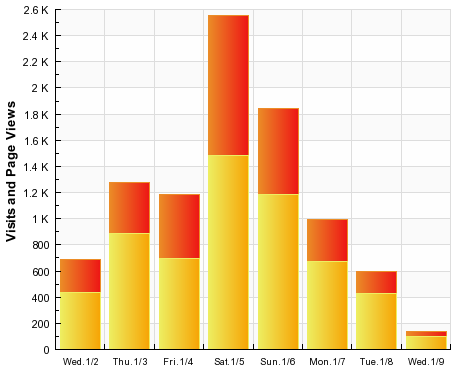

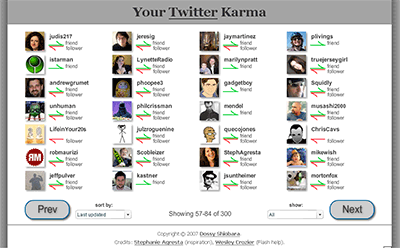


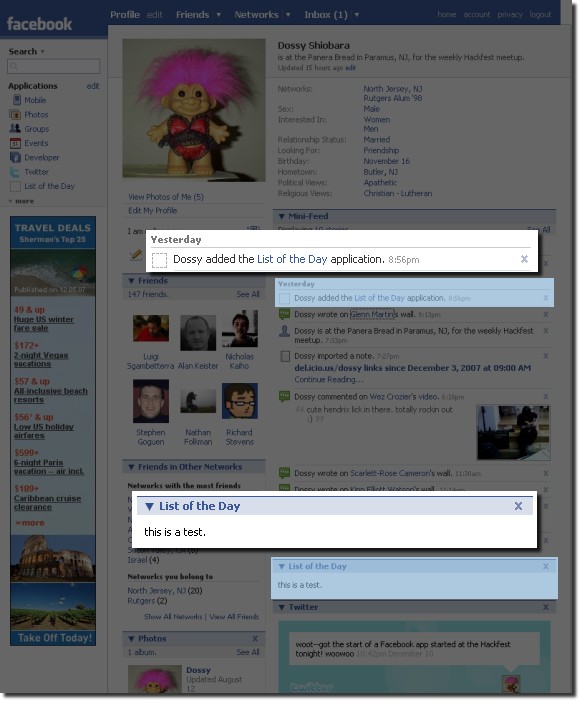
Latest comments